Elbow pain refers to any type of pain or discomfort that arises in or around the elbow. Elbow pain can be the result of an injury or of a medical condition. Treatment options are dependent on the cause of elbow pain, which has to be determined before any specific treatment can be recommended.
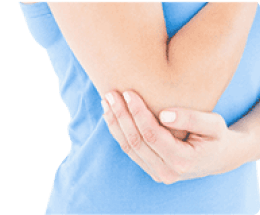
Epicondylitis of the elbow can be either Lateral Epicondylitis (tennis elbow or Medial Epicondylitis (golf elbow). These conditions can be acute, when there is inflammation and swelling due to an injury (tendonitis) or can be chronic, when muscles and tendons that are in poor health are overused resulting in continual pain (tendinopathy).
Lateral Epicondylitis or tennis elbow is a painful condition of the elbow caused by overuse of the tendons that join the forearm muscles to the lateral epicondyle, the outside bony portion of the elbow. It is caused by overuse of the extensor tendons of the forearm, especially trying to stabilize the wrist when the elbow is straight. Tennis elbow is not just an ailment of tennis players. Painters, plumbers, and carpenters are particularly prone to developing tennis elbow. Studies have shown that auto workers, cooks, and even butchers get tennis elbow more often than the rest of the population. Common symptoms of tennis elbow are: Pain or burning on the outer part of the elbow and weak grip strength.
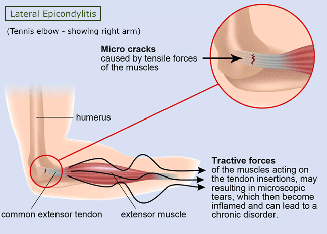
Medial epicondylitis or Golfer’s elbow is a painful condition felt at the medial epicondyle, a bony bump on the inside of the elbow, where the muscles that flex your wrist and fingers attach. Golfer’s elbow is caused when more wrist flexion force is applied than the muscles and tendons can handle. Golfer’s elbow occurs not only in golfers, but also is those who practice trades where gripping is involved. It can occur at any age, however, sufferers are generally between the ages of 35 and 50. Males and females are affected equally. Common symptoms are: tenderness directly over the bony medial epicondyle, and often points of tenderness in the wrist flexor muscles.
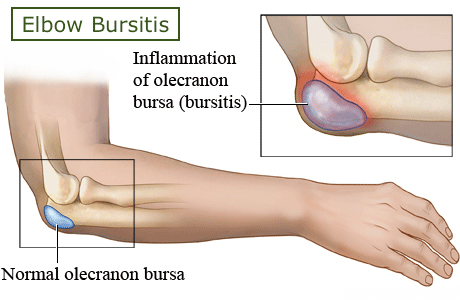
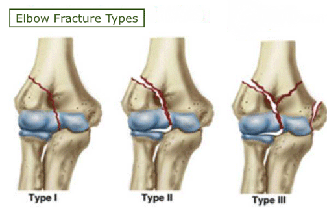

Ulnar nerve entrapment (Cubital Tunnel Syndrome) occurs when there is pinching of this nerve, which travels between the tip of the elbow and the inner elbow bone. This entrapment can occur due to direct injury to the nerve and pressure from surrounding tissues. Ulnar nerve entrapment can cause tenderness in the elbow and usually leads to pain in the inside (5th finger side) of the forearm,. Numbness and tingling may be felt on the palm and on the little and ring fingers.
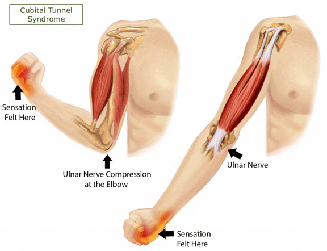
Treatment usually involves rest, avoiding pressure to the elbow, and immobilization with splints. Pharmacological options often include NDAIDs, such as aspirin or ibuprofen. Physical therapy to strengthen the ligaments and tendons in the hands and elbows may be effective. In severe cases, surgical intervention may be needed to remove the source of compression to the nerve or to reposition the nerve so that it is no longer compressed.
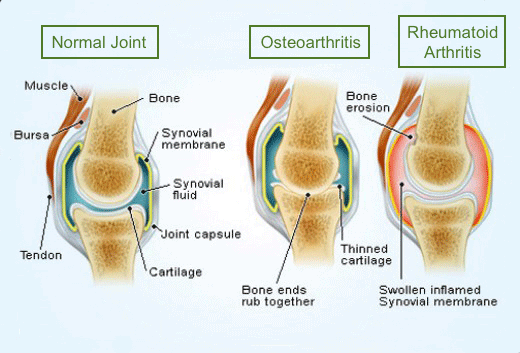
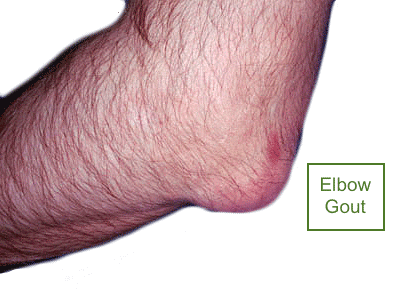
This information is for educational purposes only and is NOT intended to replace the care or advice given by your physician. Always seek the advice of your physician or other qualified health provider before starting any new treatment or with any questions you may have regarding a medical condition. For more information see our Medical Disclaimer.